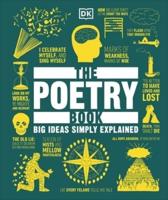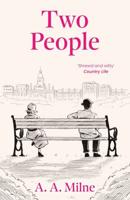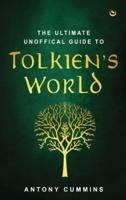Publisher's Synopsis
This book brings a new perspective to the study of Joyce's great novel. The author argues the case for employing the concept of irony as an explicatory tool in the study of Ulyssesóand indeed of the whole Joycean canon. Moreover he uses modern critical theory to enlarge our understanding of irony itself and to suggest how such theory has an appropriate object of attention in Joyce. Wright defines irony as "the use of a 'false' textual surface to direct a reader's attention towards initially concealed premises or implications". Thus an author lays a partly false trail, but one which usually leads towards a more authenthic or appropriate understanding of the subject under discussion. Joyce's work is full of this kind of semantic counterpoint. Indeed, it is essential to his whole comic method. Both Portrait of the Artist As a Young Man and Ulysses are full of ironic contrasts between the desire for order, certainty and stability on the one hand and random meetings and perverse associations. The author argues that Joyce's other favorite techniques of ambiguity and punning are so closely related to that of irony that all three may legitimately be considered as a unity, specially formed and deployed by Joyce in his mature work. ; Contents: Preface; List of Abbreviations; Introduction; Local Ironies; Single-Episode Ironies; Inter-Episode Ironies; Ironies from Early Joyce; Ironies from Homer to Shakespeare; Bibliography; Index.










